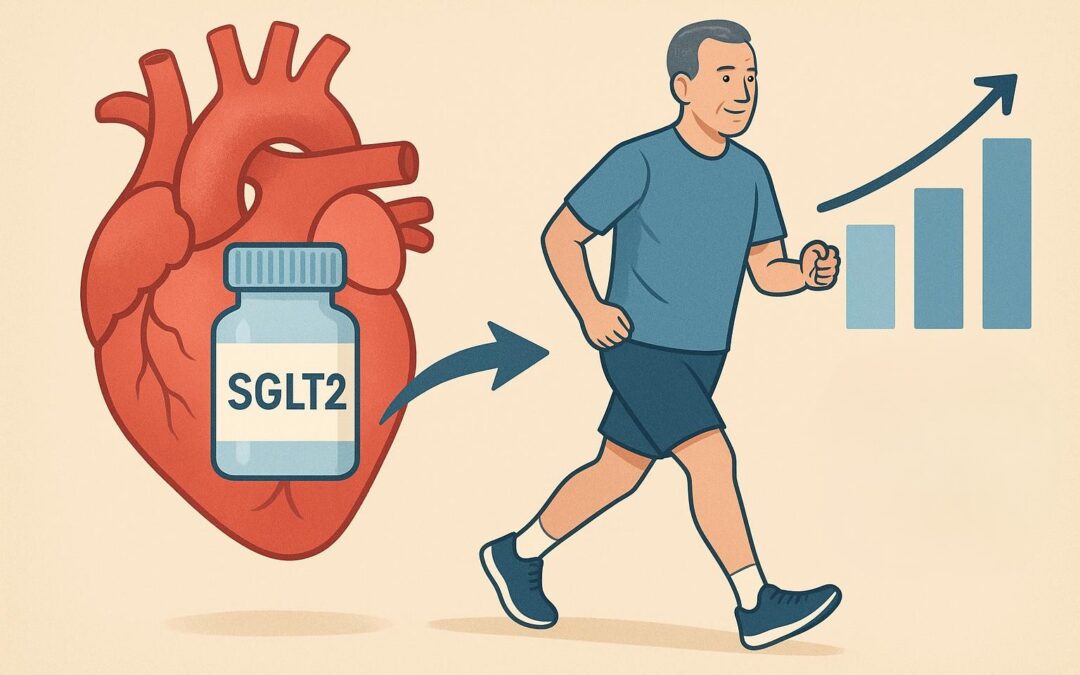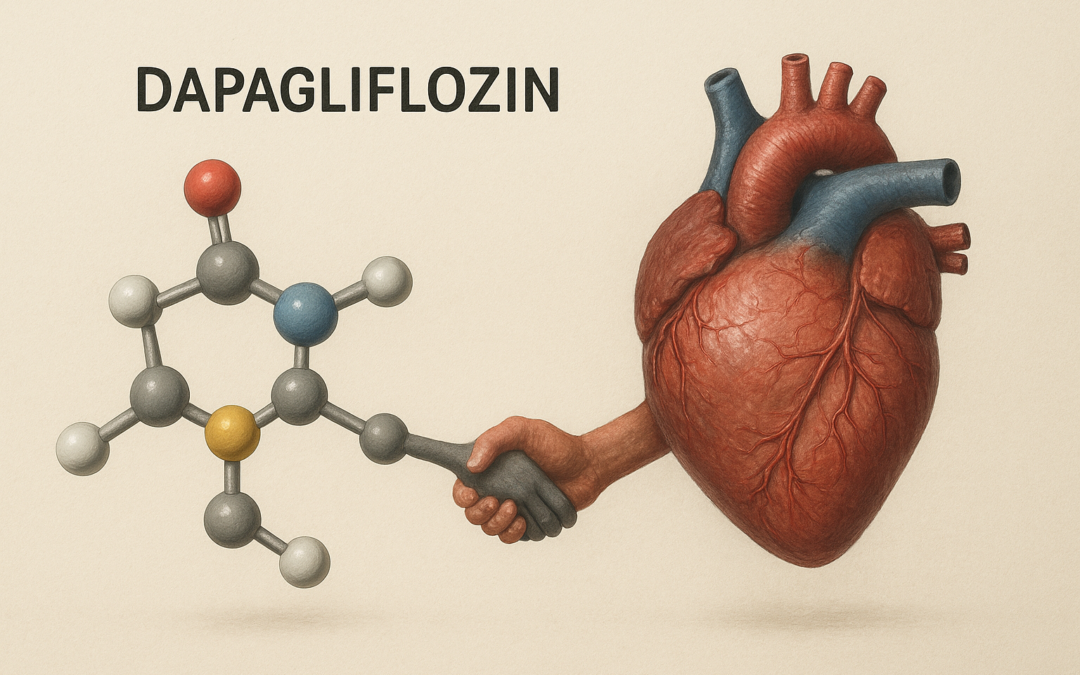
Heart failure with preserved ejection fraction (HFpEF) represents a significant clinical challenge due to limited effective pharmacological treatments. Sodium-glucose co-transporter 2 (SGLT2) inhibitors, such as empagliflozin and dapagliflozin, have emerged as a novel therapeutic approach. This systematic review synthesizes evidence from 10 randomized controlled trials (RCTs) involving diverse HFpEF patient populations, including those with comorbidities like diabetes and chronic obstructive pulmonary disease.

This prospective cohort study investigated the longitudinal impact of semaglutide, a glucagon-like peptide-1 receptor agonist (GLP-1RA), on sarcopenia indicators and biomarkers of neuromuscular junction (NMJ) stability and neuronal health in older men with type 2 diabetes mellitus (T2DM), compared to sitagliptin as a control. Older adults with T2DM are at elevated risk for sarcopenia, characterized by loss of muscle mass, strength, and function, which can exacerbate disability and reduce quality of life.

Metabolic dysfunction-associated steatotic liver disease (MASLD) is a leading cause of chronic liver disease, particularly in patients with type 2 diabetes (T2D). The IMAGIN Study, a single-center prospective observational trial, investigated the impact of empagliflozin as an add-on to metformin versus metformin monotherapy on MASLD progression in SGLT2 inhibitor-naïve T2D patients with an estimated glomerular filtration rate (eGFR) ≥45 mL/min/1.73 m². The study aimed to assess changes in liver steatosis, fibrosis, and metabolic parameters, alongside exploring potential microRNA (miRNA) biomarkers for treatment response.

Heart failure with improved ejection fraction (HFimpEF) represents an understudied subgroup of heart failure patients who, despite LVEF improvement, face residual risks comparable to those with consistently higher LVEF (>40%). The prognostic implications of the degree of LVEF improvement and its impact on treatment response remain poorly understood. The DELIVER trial (NCT03619213) addresses this gap by evaluating dapagliflozin, a sodium-glucose cotransporter 2 inhibitor, in patients with heart failure and LVEF >40%, including those with HFimpEF. This study explores whether the extent of LVEF improvement influences clinical outcomes and the therapeutic benefits of dapagliflozin.

A randomized, double-blind, placebo-controlled trial, published in JAMA, evaluated metformin’s efficacy for knee osteoarthritis (OA) in 108 overweight or obese adults (BMI ≥25 kg/m², mean age ~60 years) with symptomatic knee OA (Kellgren-Lawrence grade 2-3). Conducted over 18 months, patients received metformin (up to 2g daily) or placebo alongside standard care. Primary outcomes were changes in knee pain (WOMAC pain score, 0-20 scale) and cartilage volume loss (via MRI). Secondary outcomes included physical function (WOMAC function score), weight loss, and safety.

The impending loss of exclusivity for semaglutide, the active ingredient in Ozempic and Wegovy, in 2026 is poised to transform the anti-obesity medication (AOM) market, particularly in countries like India, China, Canada, Brazil, and Turkey, which represent 40% of the global population and 33% of adults with obesity. With combined sales of $26 billion in 2024 and a 40% annual growth rate, semaglutide’s patent expiration in these markets will introduce off-patent versions, intensifying competition and reshaping treatment landscapes. In India, over ten companies are developing off-patent semaglutide, with seven focusing on oral formulations to differentiate from injectables. China sees 17 candidates in advanced trials, leveraging its manufacturing prowess, while partnerships, like Biocon’s with Biomm in Brazil, signal global expansion efforts.







